London Gateway
Project Overview
The London Gateway project, a major deep-sea container port in Essex, UK, involved extensive land reclamation using dredged fill. Landpac’s expertise was called upon for surface compaction of the top 3m on Port 1 and 2, covering 16Ha, following deep compaction works.
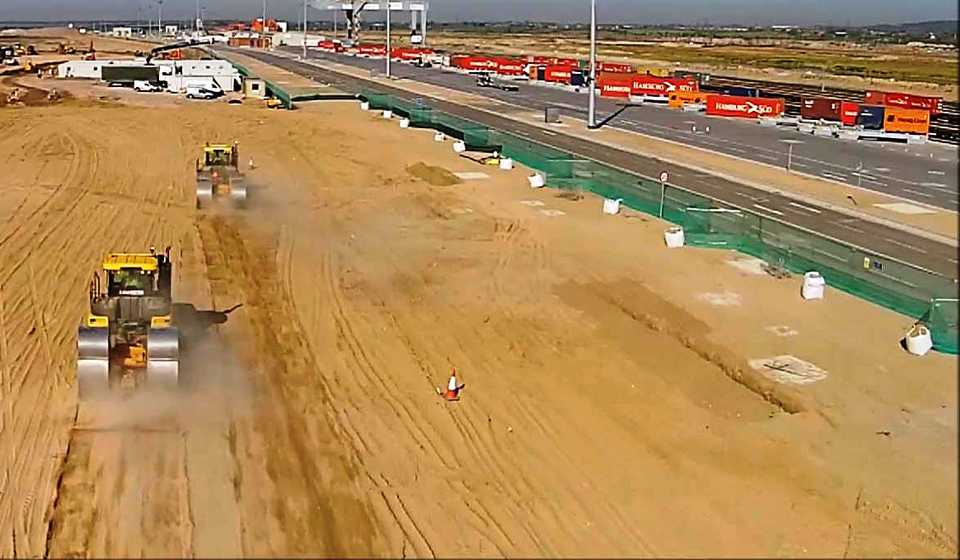
Landpac's Solution
Employing High Energy Impact Compaction (HEIC), Landpac ensured the compaction quality of the upper soil layers, essential for the structural integrity of the port’s infrastructure.
Challenges
The project required a stable and durable foundation to support heavy container traffic and port operations, demanding high-quality soil compaction and stability.
Application of HEIC
Container Terminal Areas: HEIC was critical in preparing stable grounds for the container terminals, crucial for heavy loads and operational efficiency.
Berths and Quay Walls: HEIC played a vital role in strengthening the soil beneath these key areas, ensuring safe vessel operations.
Benefits
Improved Soil Stability: HEIC significantly enhanced the soil compaction and load-bearing capacity, crucial for the port’s demanding operations.
Optimised Operational Functionality: The method ensured the port’s infrastructure could withstand the dynamic forces of port activities.
Landpac’s application of HEIC at London Gateway was pivotal in meeting the project’s geotechnical demands, laying the groundwork for one of the UK’s largest port developments and establishing it as a key hub for international trade.
Client: Newcastle Coal Infrastructure Group
Principal Contractor: AbiGroup Construction
Ground Improvement Contractor: Landpac
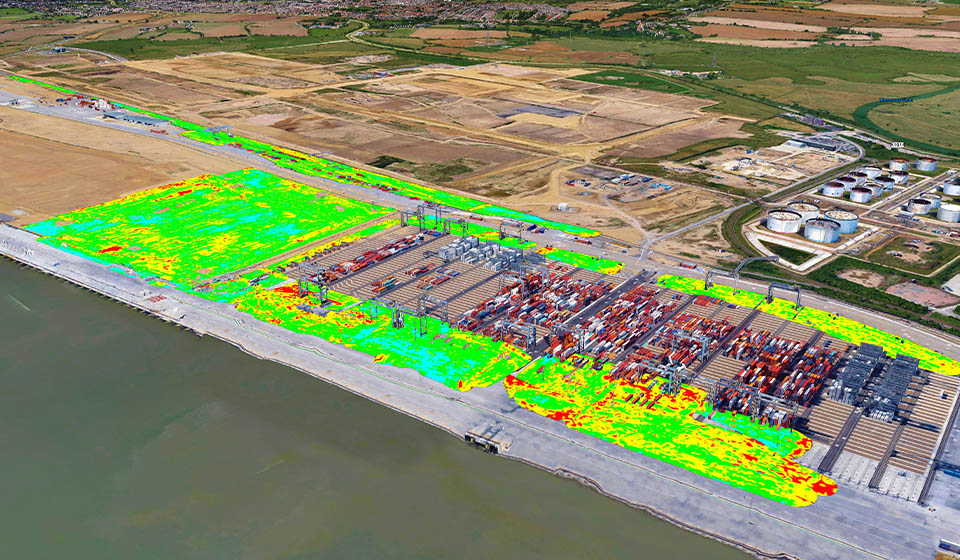
Latest news
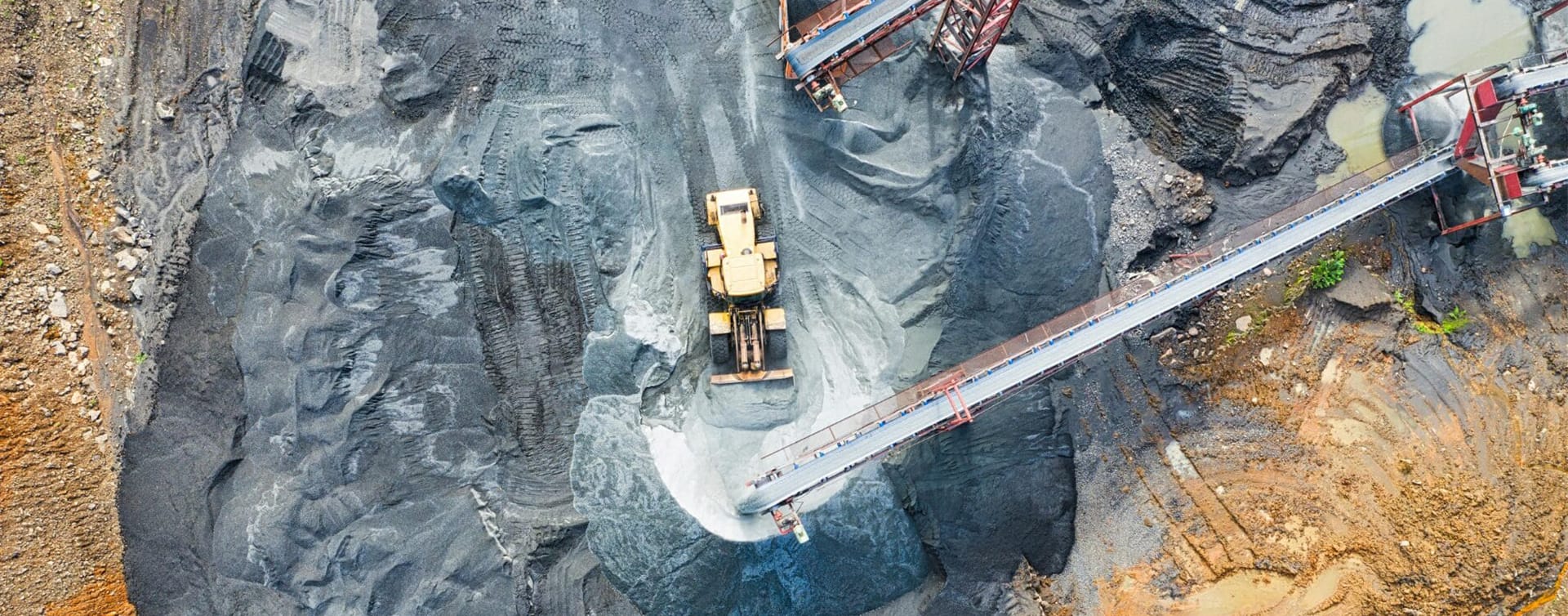
High-Energy Impact Compaction in Australian Mining
From haul roads in WA to tailings dams in QLD, High-Energy Impact Compaction (HEIC) is reshaping ground improvement across Australia’s mining operations. Backed by Intelligent Compaction Measurement (ICM), HEIC delivers faster, deeper, and more reliable results, boosting safety, sustainability, and cost-efficiency in some of mining’s toughest conditions.
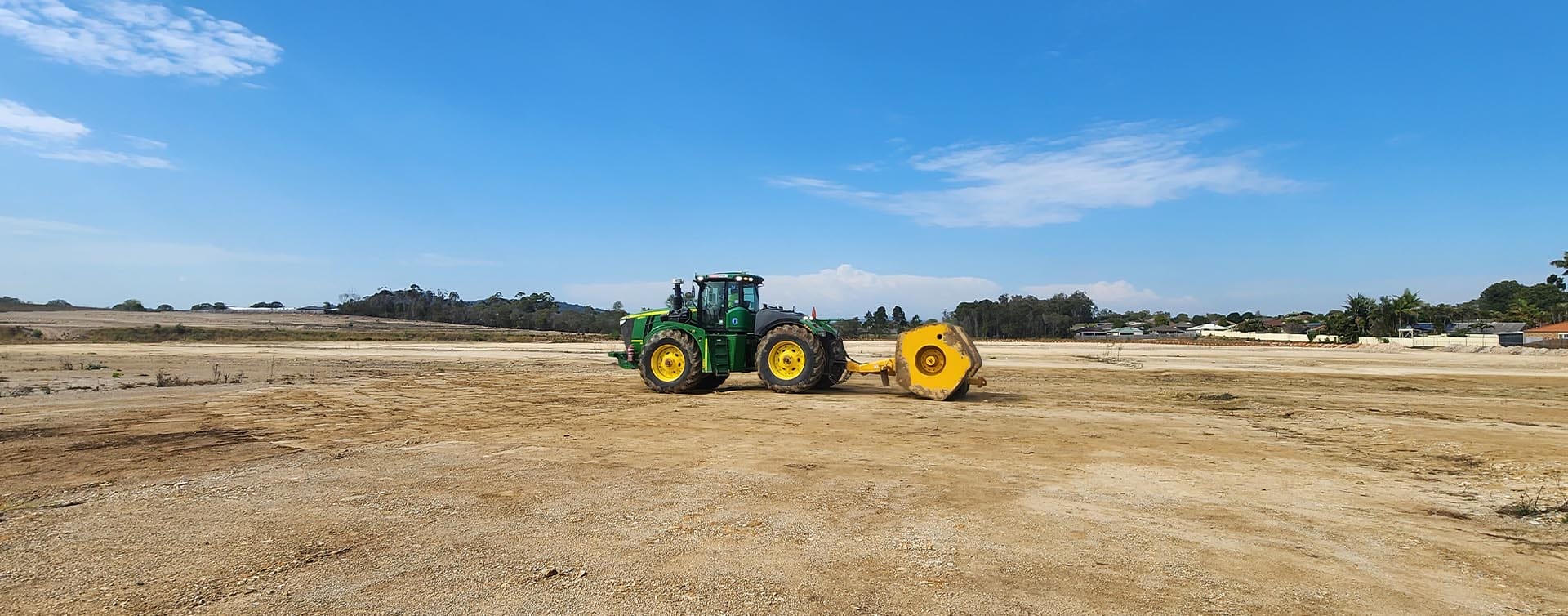
Understanding High Energy Impact Compaction (HEIC)
High Energy Impact Compaction (HEIC) revolutionises ground improvement with its ability to achieve superior soil density and stability. Unlike traditional methods, HEIC uses advanced rollers and compaction technology to penetrate deeper soil layers.
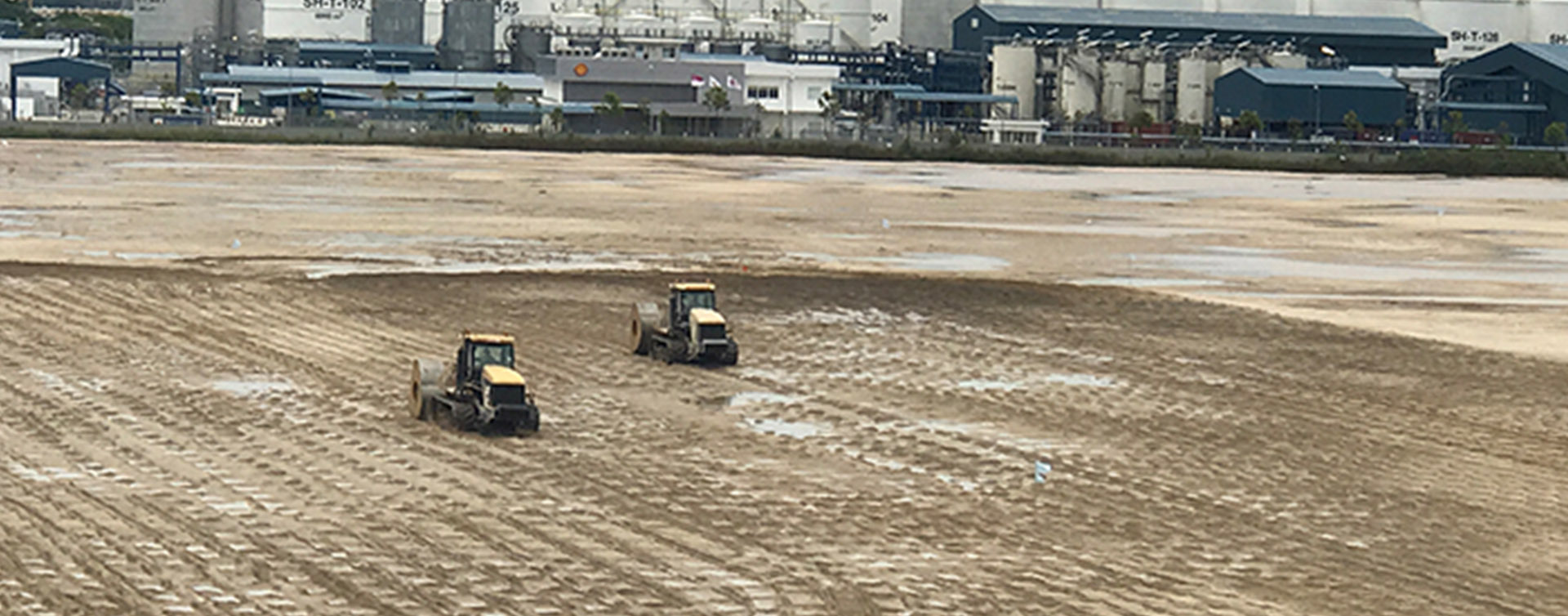
Laying the Foundation: Why ground improvement engineering matters
Ground improvement enhances soil stability and strength, reducing risks and costs in construction. Techniques like HEIC ensure efficient, sustainable solutions for safer infrastructure.
